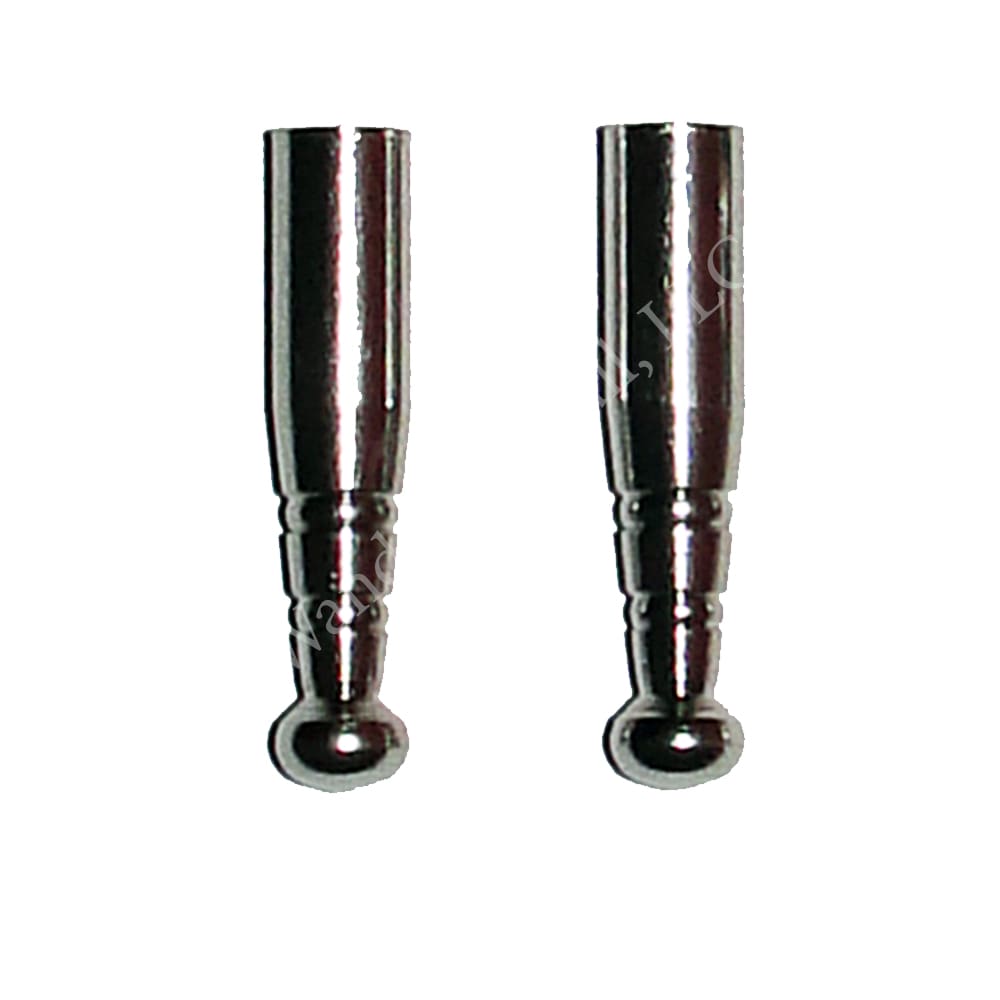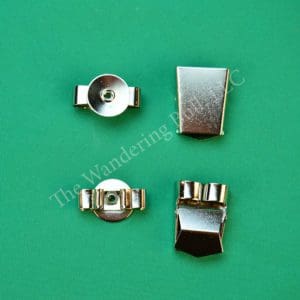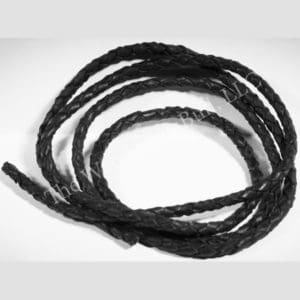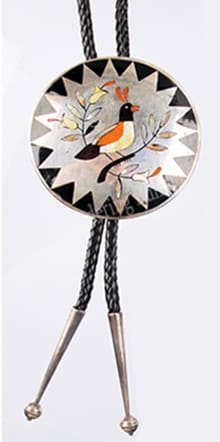
What is a Bolo Tie?
A Bolo Tie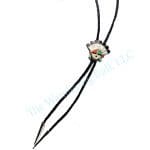

Bolo Ties – History
The name Bolo Tie (or Bola Tie) was derived from the Argentinian word boleadora which is a form of hunting weapon that is made with a cord with weights attached to it. The origins of this type of ties are unclear. The earliest known examples come from the 1940s in the United States. Their style is similar to neck scarves with slides on them (to keep the scarf from blowing off) that were worn by cowboys.
Today, many people associate Bolo Ties with the Southwestern United States. Some states have proclaimed Bolo Ties their official neckwear. Native American artists from Southwestern tribes like the Hopi and Navajo, as well as the Lakota, and Native Americans from Alaska create a large percentage of the Bolo Ties in the United States. The Ties made by each of these groups feature their own distinct styles and materials.
Make Your Own Bolo Ties
At The Wandering Bull – Native American Trading Post, look at our Jewelry Findings section. You will find supplies to make your own Ties. We offer Braided Leather Bolo Cord that is 36” long in 3/16” diameter (nearly ¼”). Our Bolo Tips come in two styles, a simple rounded 1” long Bolo Tip and a Stamped Tapered Bolo Tip that is 1.25” long.
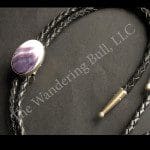

Putting together a Bolo Tie is as easy as gluing your decorative feature to the Bolo Slide base. Add your concho, rosette or cabochon to the slide with a strong adhesive (The Wandering Bull – Native American Trading Post sells E600 Adhesive). Once you have chosen the Bolo Tip style that you want, slide each end of the Bolo Cord through the Bolo Slide, then attach the Bolo Tips to the ends. Finished!

